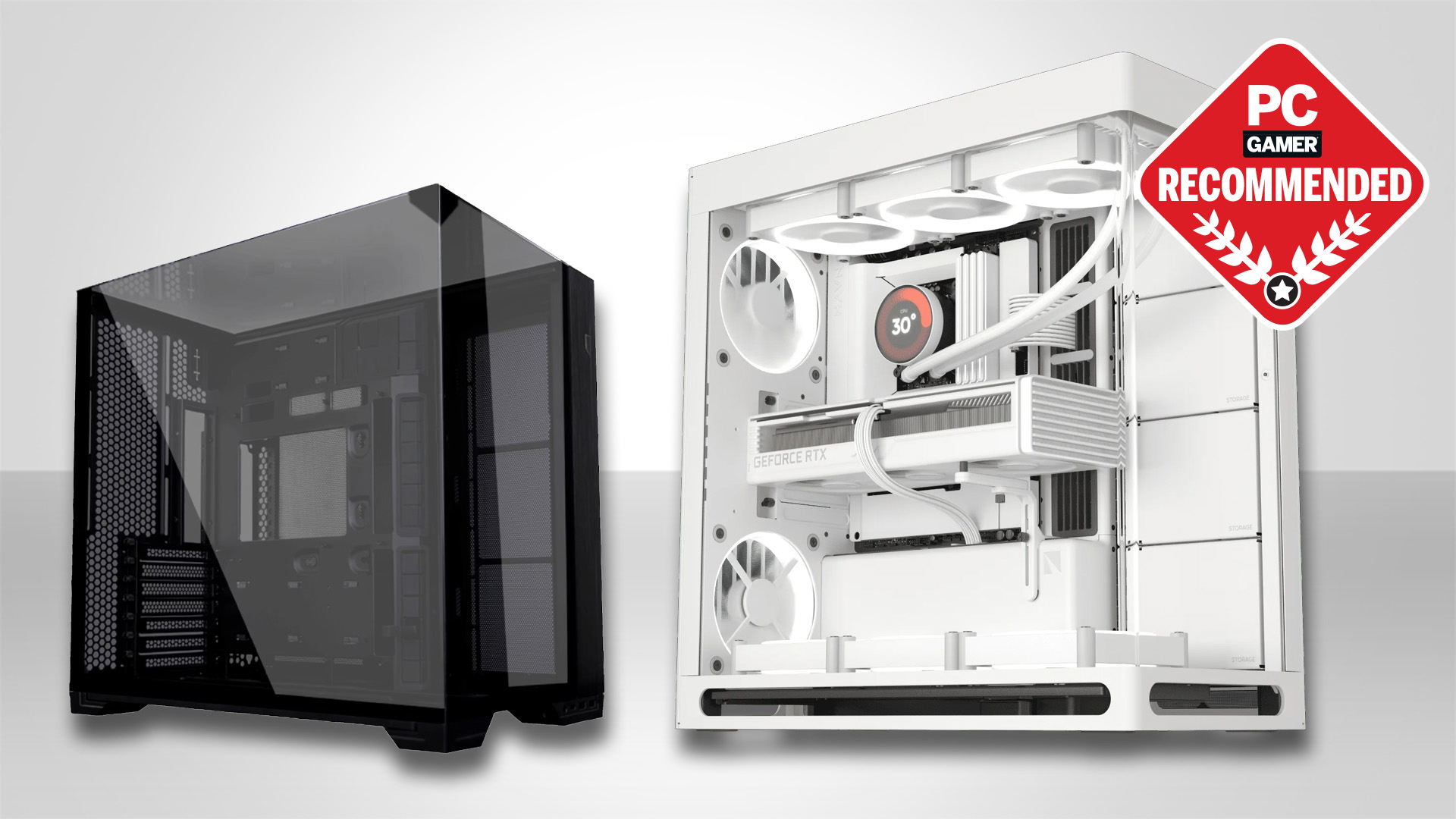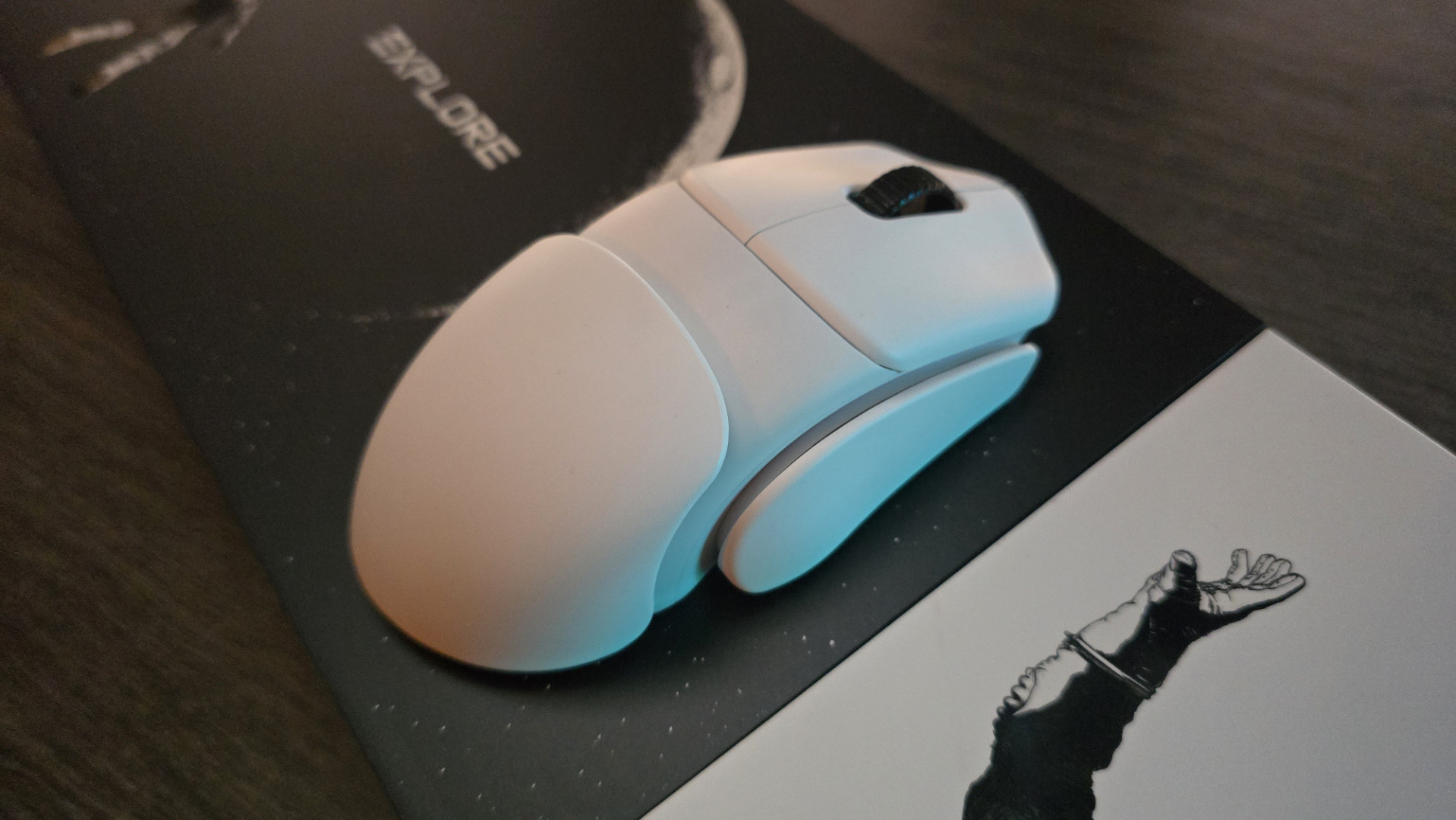Valve believes its new Steam Machine could open up a whole new world of SteamOS desktops: 'Put it on, say, something that's running an RX 9070 XT, you would be good to go'
"We're really interested to see what other companies do with the form factor."
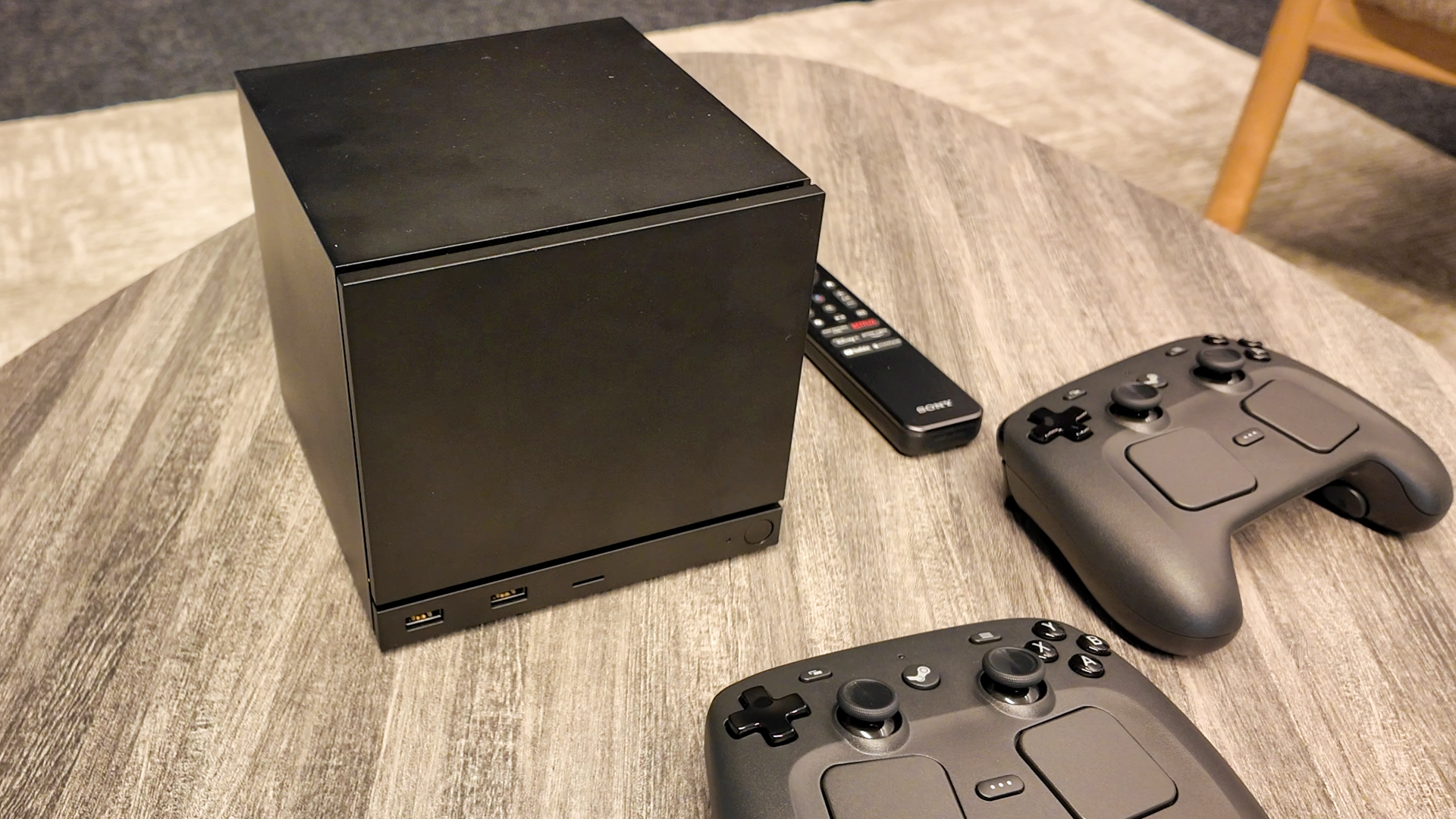
The Steam Machine available in the new year is designed by Valve. It will be sold by Valve, and, as such, it cannot be hastily switched to Windows at the last minute to sell more units. But despite being burned in the past, Valve is keen for its Steam Machine to blaze a trail for other Steam Machines in future, whether they be made by modders, companies, or everyday PC gamers.
During a visit to Valve's HQ a few weeks ago, I'm shown around the new Steam Machine. Of course, the first topic of discussion is the aborted attempt to do much the same thing around 10 years ago now.
"We think [the original Steam Machines] were a cool product. Obviously, they didn't quite work out," Yazan Aldehayyat, a Valve engineer working on the Steam Machine, says.
"But, in a lot of ways, we feel like now is the right time for us to make this device."
That's down to SteamOS, Valve's Linux-based operating system; and Proton, the conversion layer that runs Windows games on Linux. Both SteamOS and Proton work great, as proven by their most successful manifestation to-date: the Steam Deck.
"We knew that our customers loved the SteamOS experience with the Steam Deck, and we just want to give them that same convenience in a different form factor. Something that's more optimised in your living room, connected to your TV, but also on your desk, with mouse and keyboard too," Aldehayyat says.
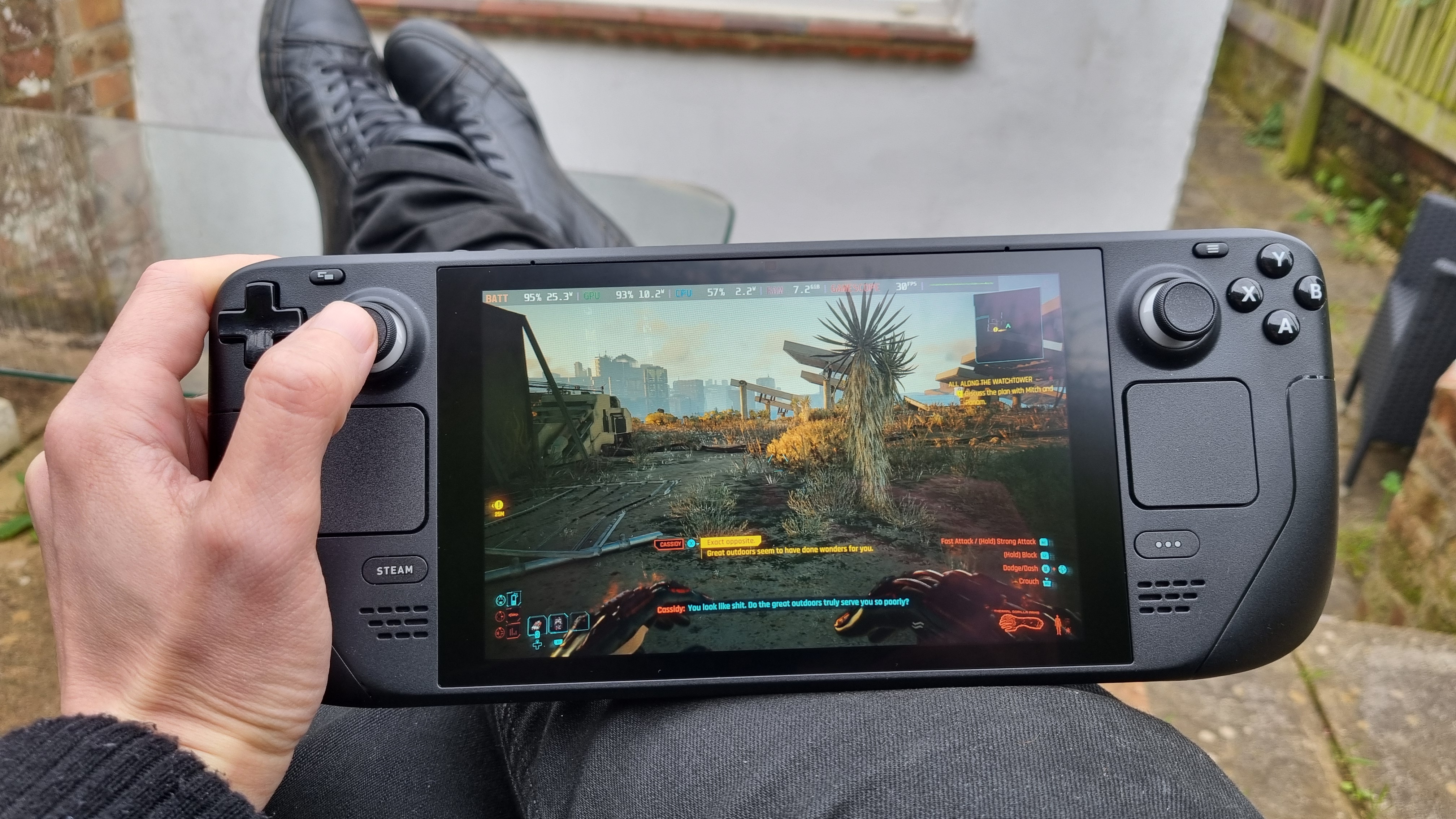

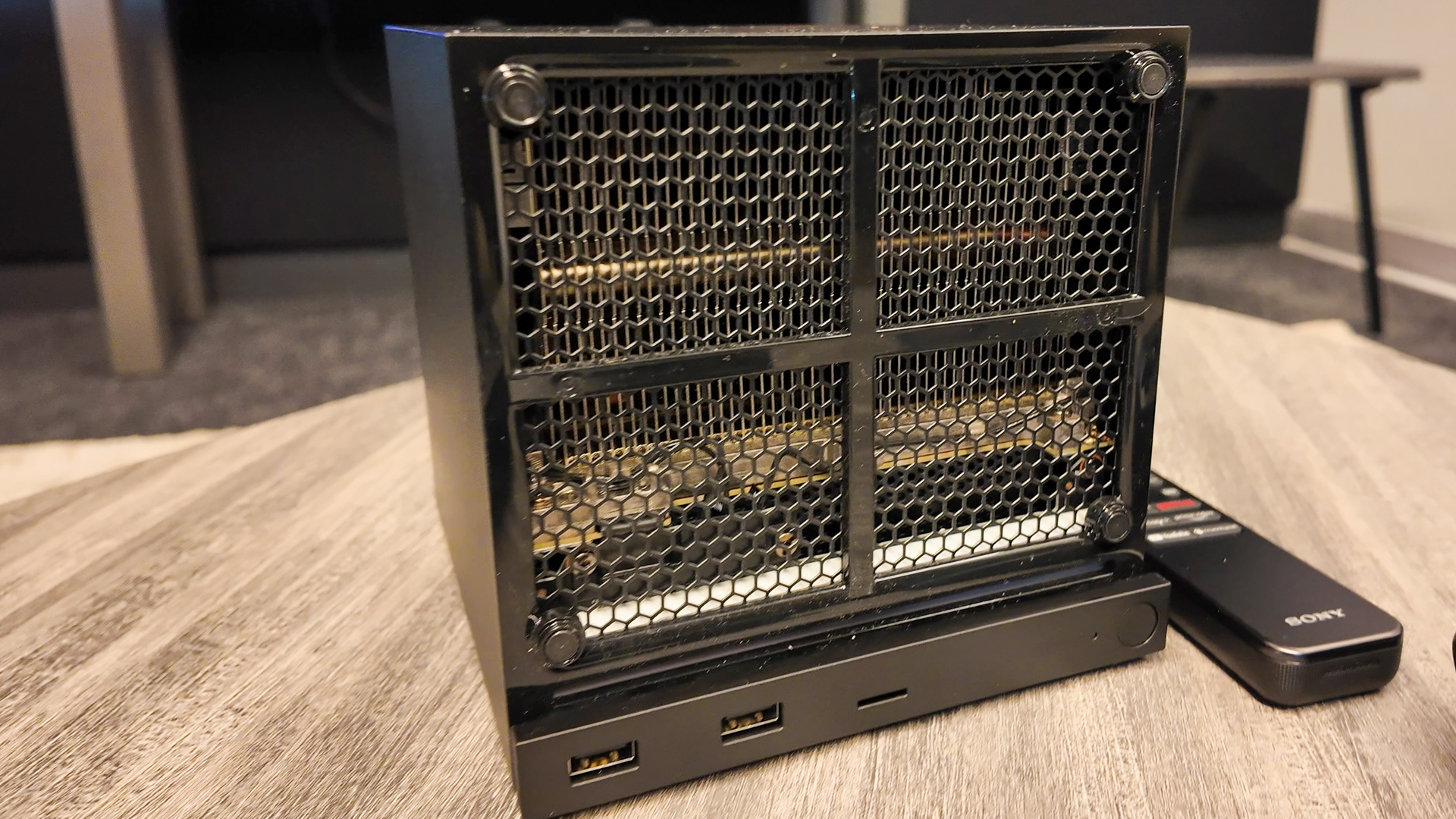
The Steam Deck played a big role in, first, realising the market potential for a handheld gaming PC, which had until then been a niche market; and second, going some way to inspiring high-end alternatives, such as the ROG Ally and Legion Go. I'd also argue that the availability of low-power, high-performance mobile chips from AMD also played a huge part in the sudden boom of available handhelds. Yet there's no denying that Valve's handheld has become something of a byword for handheld PC gaming.
Keep up to date with the most important stories and the best deals, as picked by the PC Gamer team.
SteamOS, too, has been successfully ported onto a third-party device, the Lenovo Legion Go S, and in our own testing performs better than the same handheld using Windows 11.
Valve has the same hope for the Steam Machine, both as a showcase of what's possible in a small, somewhat affordable machine (pricing yet to be confirmed but the specs would suggest as much), and with SteamOS.
"Just like with the Steam Deck, we're really interested to see what other companies do with the form factor. We have SteamOS running on third party handhelds. If anything, we think that this form factor is even more apt for for that," Aldehayyat says.
"We're really excited to see third parties bring SteamOS to a different set of form factors, different iterations."
On hearing this, my mind immediately wanders to what the first third-party Steam Machine might look like. I land on it being a high-end living room box, because of course it'd be a more expensive option.
Though thinking more on it, there's not much new here for a third-party to sell, except SteamOS. There already are many high-end mini PCs available, including NUCs (and non-NUCs) from Asus with plenty of firepower, and Valve would need to work on expanding driver support on SteamOS to get anywhere near most high-end machines. SteamOS is improving in this regard, with Intel's Lunar Lake chips recently being supported, but there's still a lack of support for Nvidia and Intel's graphics cards.
"The driver that we use for AMD hardware is actually a driver that we develop in house, like we have our own driver team doing that, and so it will take us a little bit to catch up for that on the Nvidia side, and Intel as well," Pierre-Loup Griffais, software engineer at Valve, says.
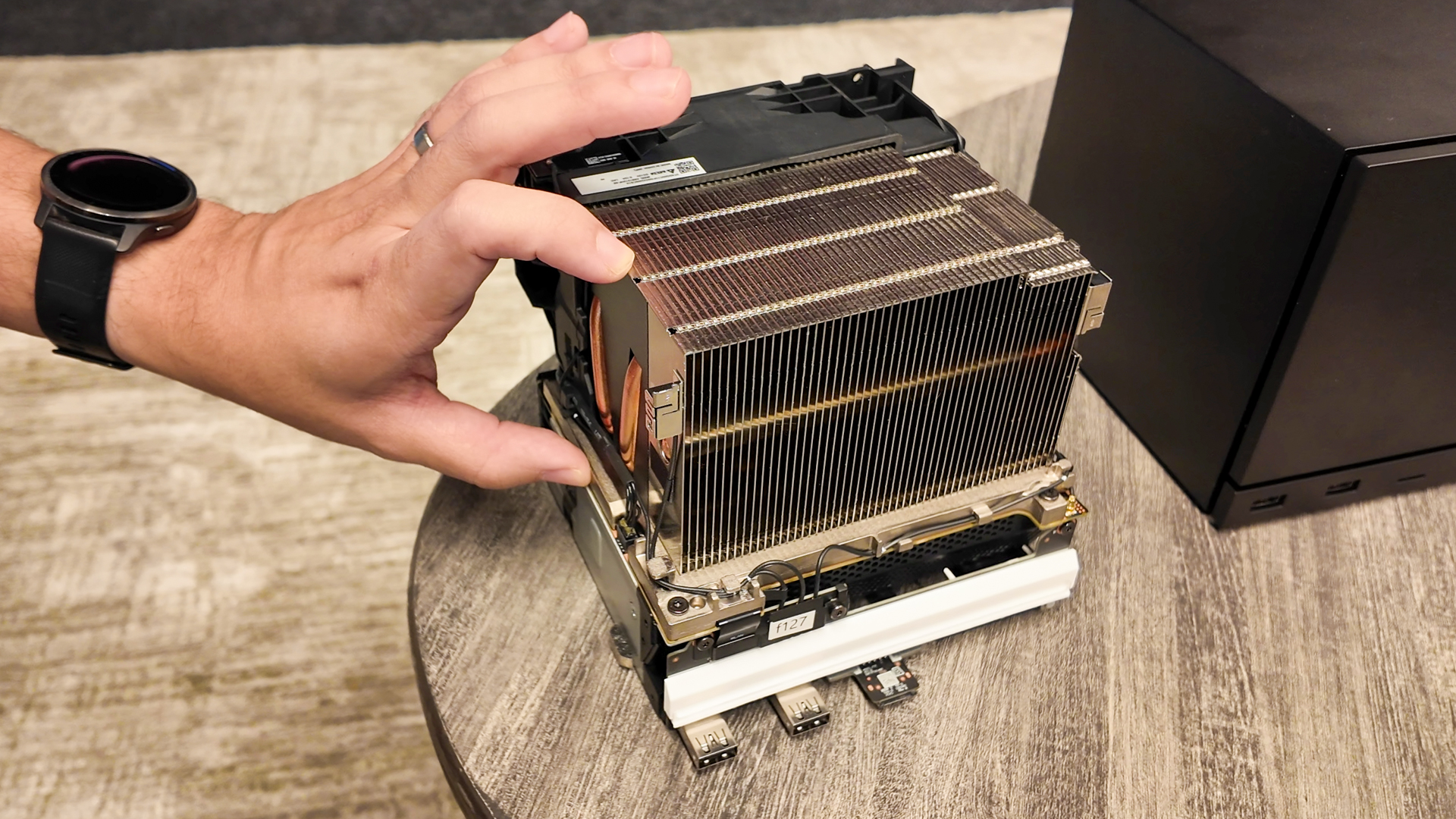

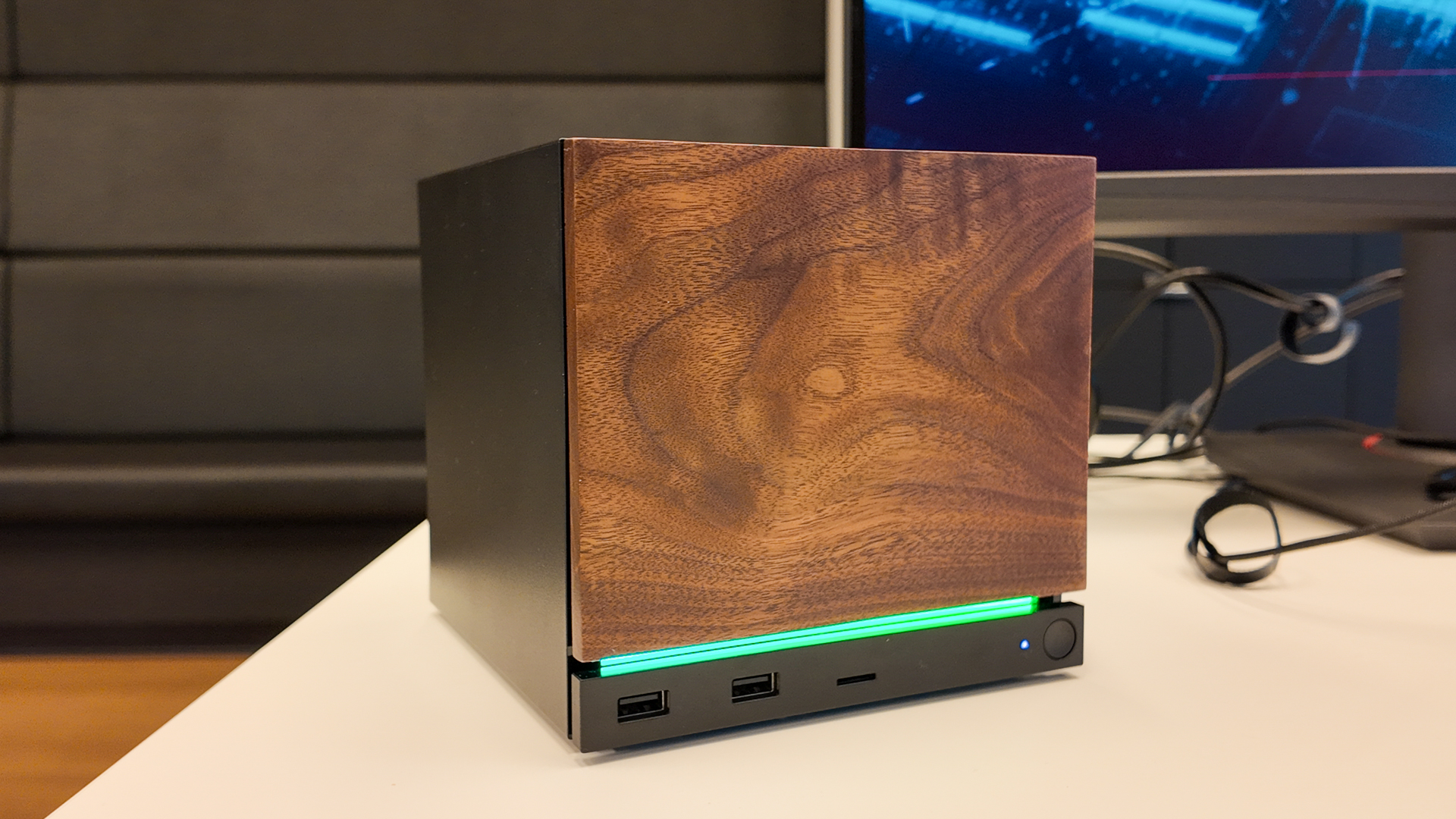
"We're always adding new stuff. And so if you would take that, that same OS, and put it on, say, something that's running a 9070 XT, you would be good to go."
Valve sees the current and future Steam Machine family as a broad church.
"There's a lot of people who build their own Steam Machines right now," Aldehayyat says. "They build their own PC rig, put SteamOS on it, or the Steam Deck recovery image, or they use their Steam deck docked primarily to their TV."
"That's the part that we're excited about," Griffais says. "I think folks will have all kinds of different machines, some hand builds, some OEMs will come. I mean there's, there's a lot of interesting machines out there. I know the Framework guys are doing something that's cool too that could be a good fit for it."

Steam Frame: Valve's new wireless VR headset
Steam Machine: Compact living room gaming box
Steam Controller: A controller to replace your mouse
Our own Dave James ripped the core out of a Framework 13 laptop, housing an AMD Ryzen 7 7840U, and stuck SteamOS on the remains. And it all works great, especially as it was more than a loose motherboard and some wires, contained instead within the slimline chassis made to fit by Cooler Master.
While SteamOS still has a ways to go to be able to boot and function correctly on just about any PC build, it is becoming a more viable option. The question now remains whether anyone will take up Valve on its offer. On the one hand, SteamOS has been proven to be great for performance, especially on less powerful hardware in need of the extra frames it delivers.
On the other, small form factor PCs aren't in desperate need of a refresh, nor are they totally a brave new world for gaming PCs. Windows 11 and Steam's Big Picture Mode gets you most of the way there already. That said, you are still under the corporate yoke of Microsoft, and for some, that's reason enough. Which is why you will see more and more gamers using Linux distros such as Bazzite. I just wonder if other companies will bite, or if it'll be mostly frustrated users making the change.
For now, the Steam Machine seems like a good way to test the waters, prove the concept a little, and build up the foundations of the SteamOS ecosystem. Especially if it's as affordable as I hope it will be.

Jacob earned his first byline writing for his own tech blog, before graduating into breaking things professionally at PCGamesN. Now he's managing editor of the hardware team at PC Gamer, and you'll usually find him testing the latest components or building a gaming PC.
You must confirm your public display name before commenting
Please logout and then login again, you will then be prompted to enter your display name.
